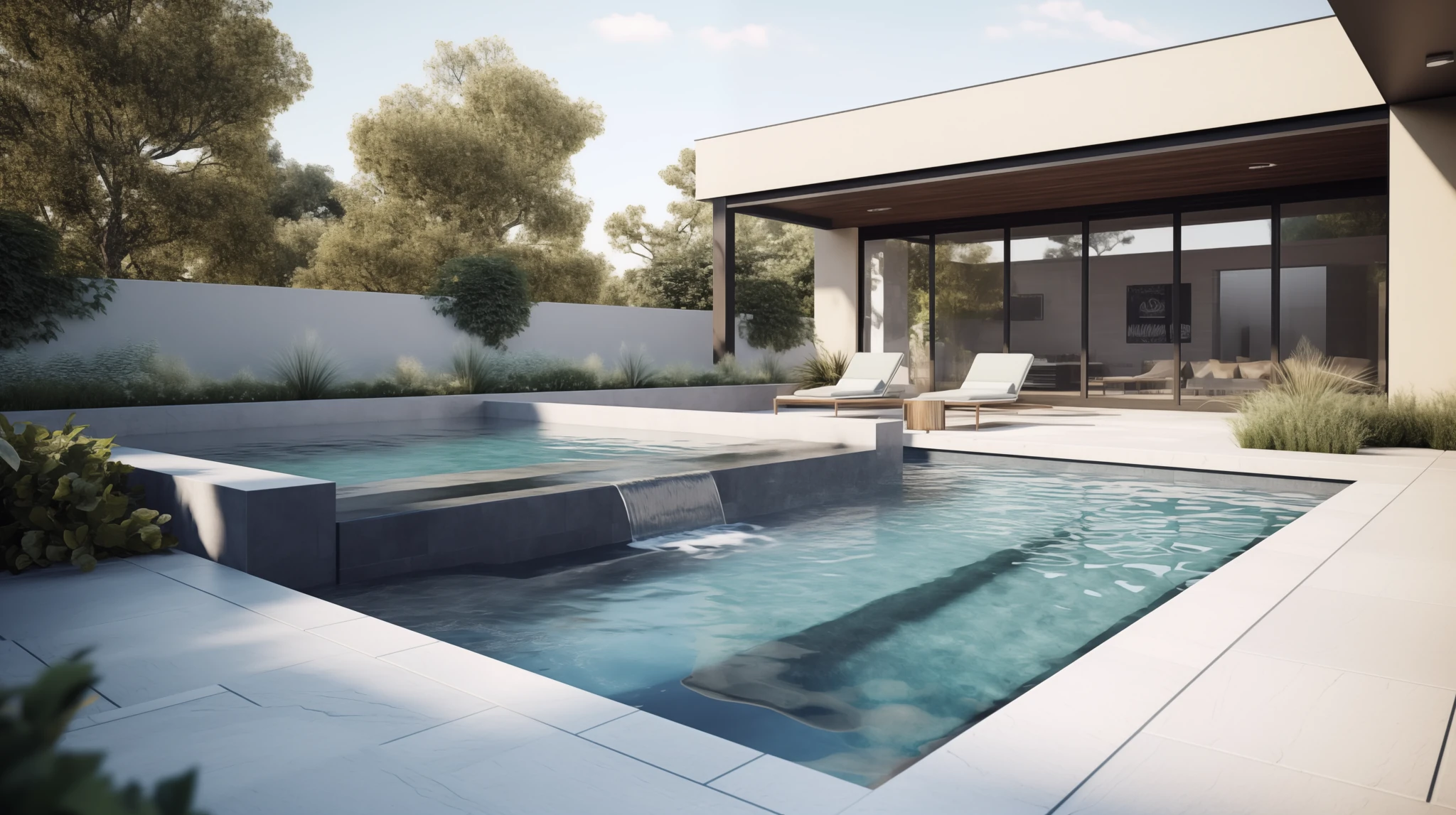
Why Fiberglass Pools Last: Life Expectancy Revealed!
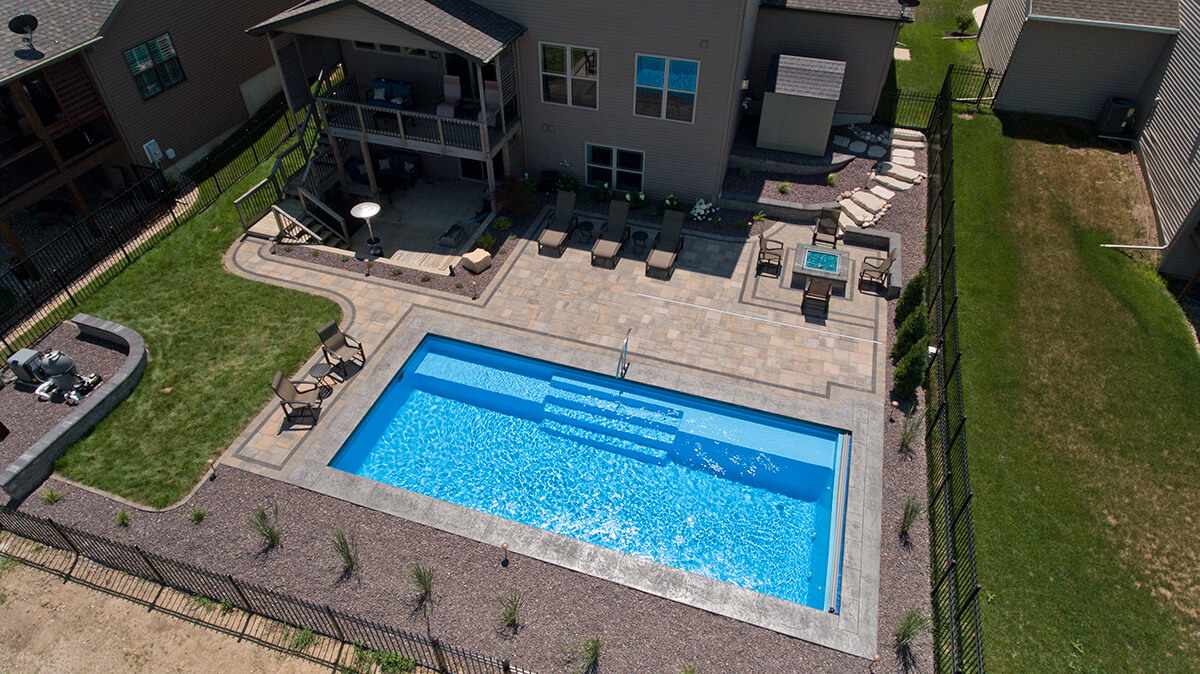
Choosing the right pool for your home is a significant decision, and understanding the life expectancy of a fiberglass pool is essential. When you invest in a pool, you’re not just purchasing a recreational feature; you’re investing in memories, health, and an enhanced lifestyle. At PoolForce, we’re not only industry leaders in manufacturing and installing fiberglass pools but also advocates for informed decisions.
How Long Does a Fiberglass Pool Last?
The durability and longevity of a fiberglass pool are often its most attractive features. But how long does it really last? A high-caliber fiberglass pool, when treated right, can grace your backyard and have a life expectancy of over half a century. That’s right – more than 50 glorious sun-soaked years.
However, two critical factors determine this lifespan:
- Quality of Manufacture: Not all fiberglass pools are made equal. It’s essential to invest in a pool crafted by a reputable manufacturer using superior materials. At PoolForce, we ensure that each pool shell undergoes rigorous inspection before it’s deemed ready for installation.
- Installation Precision: Even the best-made fiberglass pool can face issues if not installed correctly. Proper installation is crucial to prevent potential challenges like spider cracks in the future. With PoolForce, you’re assured an installation process that prioritizes precision, quality, and long-term durability.
Latest


Are Fiberglass Pools Good for Cold Climates?
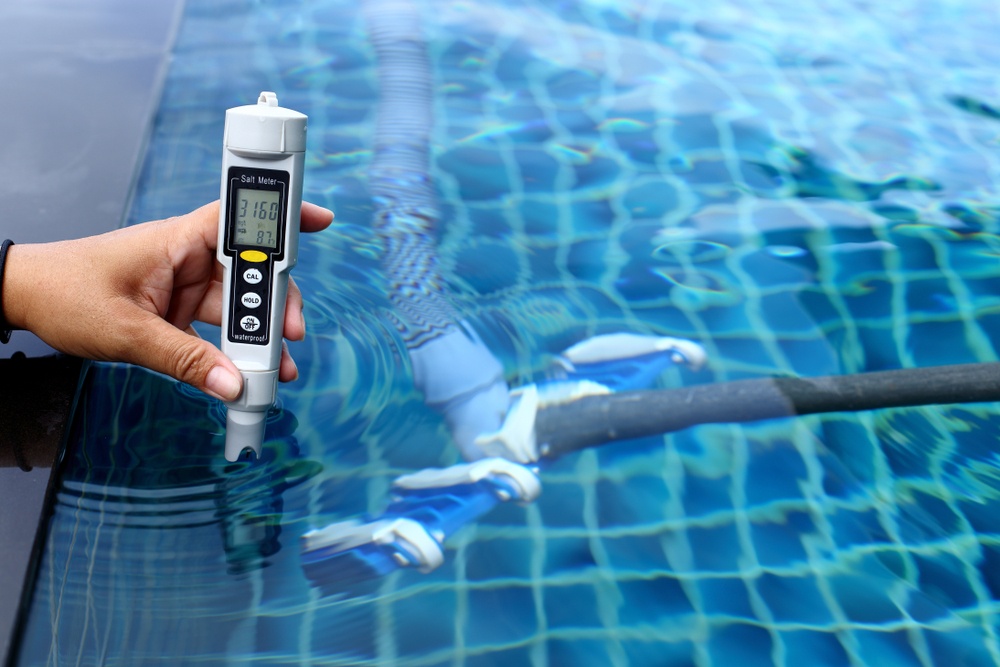
How to Maintain the Recommended Salt level in your Pool in 2024
Categories
Maintaining Your Fiberglass Pool & Comparison with Other Pool Types
A pool’s lifespan isn’t solely determined by its construction or installation but also by the care it receives throughout its life. For any pool type, maintenance is key, but what sets fiberglass pools apart is the simplicity and cost-effectiveness of their care regimen.
Chemical Balance: One of the cornerstones of pool maintenance is ensuring the right chemical balance. A neutral pH level, hovering around 7, is ideal for fiberglass pools. Testing these levels frequently is vital because an imbalance can affect both the pool’s surface and the efficiency of your cleaning equipment. This is our comprehensive guide on pool water chemistry to become an expert in no time.
Note to Pool Owners: Steer clear of harsh chemicals that aren’t tailored for fiberglass. Such chemicals can erode the gel coat, potentially reducing the pool’s life expectancy.
Pool Filter and Water Level: The heart of your pool’s cleanliness is its filter. While concrete pools demand two circulations daily, your fiberglass pool requires just one, leading to energy savings. Additionally, maintaining the right water level is pivotal. Always keep it between one-third to halfway up the skimmer and avoid draining your pool without expert consultation.
Fiberglass vs. The Rest: A Cost and Maintenance Analysis
When you compare the lifetime costs and maintenance demands of fiberglass pools with other types, the benefits become even clearer.
Concrete Pools: These require professional cleaning and refinishing roughly every decade. They demand chemicals to combat algae, frequent acid washes, and resurfacing every 10-15 years. Cumulatively, you might be looking at expenses upward of $27,000 over the years.
Vinyl Pools: The vinyl lining in these pools typically needs a replacement every 5-9 years, costing around $4,500. Factor in chemicals, electricity, and other maintenance, and you’re adding another $7,000 to the bill.
Fiberglass Pools: Here’s where the real savings kick in. Over a decade, you’re primarily covering costs for chemicals and electricity, which tally up to about $4,000. The maintenance is not just lighter on the pocket but also on effort, with most tasks being DIY-friendly. For a detailed comparison, our guide delves deeper into fiberglass vs. vinyl liner vs. concrete pools.

Refinishing Fiberglass Pools & Expected Wear Over Time
All swimming pools, regardless of type, will experience wear and tear over time. But the beauty of a fiberglass pool lies in its resilience and the extended periods between significant maintenance tasks.
When to Consider Refinishing?
If you’ve chosen a top-notch fiberglass pool and ensured its proper installation and maintenance, the need for refinishing might not arise until it’s two or even three decades old. It’s a testament to the durability of the fiberglass material and the protective gelcoat layer. But when that time comes, it’s a task best left to professionals. While refinishing isn’t a DIY venture, it’s infrequent enough to not be a deterrent when choosing your pool type.
To put things in perspective:
- Concrete Pools: They demand acid washing and replastering in less than half the time a fiberglass pool would need refinishing. The costs can exceed $10,000.
- Vinyl Pools: Their liners can tear and might set you back over $4,000 for a replacement.
- Fiberglass Pools: The gelcoat on these pools can endure decades without the need for refinishing.
What Wear Should Pool Owners Anticipate?
Every pool will show signs of age, and fiberglass pools are no exception. A common change owners might observe is the fading of the pool’s vibrant color, especially if it’s frequently exposed to sunlight. However, this fading is gradual and uniform, making it hard to spot unless you’re specifically looking for it.
But here’s the PoolForce promise: With our top-tier manufacturing processes, precise installation, and expert maintenance advice, major issues with your fiberglass pool should be few and far between. For insights on common challenges and their fixes, our guide on the top fiberglass pool problems is a must-read.
Maximizing Your Fiberglass Pool Life Expectancy
Every pool owner’s dream is to extend the life of their investment, ensuring countless summers of fun and relaxation. For fiberglass pools, a few simple practices can make a world of difference:
- Use Fiberglass-Friendly Chemicals: Ensure you’re using chemicals specifically designed for fiberglass pools. This will protect the gelcoat and extend the pool’s life.
- Pool Cleanliness: Regularly clean your pool and consider using a pool cover when not in use. This helps reduce debris and chemical demands.
- Chemical Management: Regularly test and maintain the proper chemical levels to protect both the pool and the equipment.
- Run the Filter: Make it a practice to run the pool filter at least once daily.
- Monitor Water Levels: Keep the water level about halfway up the skimmer, ensuring the pool remains balanced against potential groundwater pressures.
- Never Drain Arbitrarily: If you believe your pool needs to be drained, always consult with a professional.

PoolForce: Your Partner in Crafting Perfect Pool Experiences
A fiberglass pool stands out as an exemplary choice for those seeking durability, low maintenance, and cost-effectiveness. With the right care and attention, it promises to serve you for decades, offering unmatched value.
At PoolForce, we’re not just about pools; we’re about experiences, memories, and building lasting relationships with our customers. Our range of fiberglass pools, spanning various shapes and sizes, is meticulously designed to cater to every unique need. Whether you’re seeking a quaint pool for a smaller space or a grand oasis that’s over 8 ft. deep, PoolForce has got you covered.
Reach out for a personalized quote. With PoolForce by your side, your dream pool experience is just a splash away.
Latest
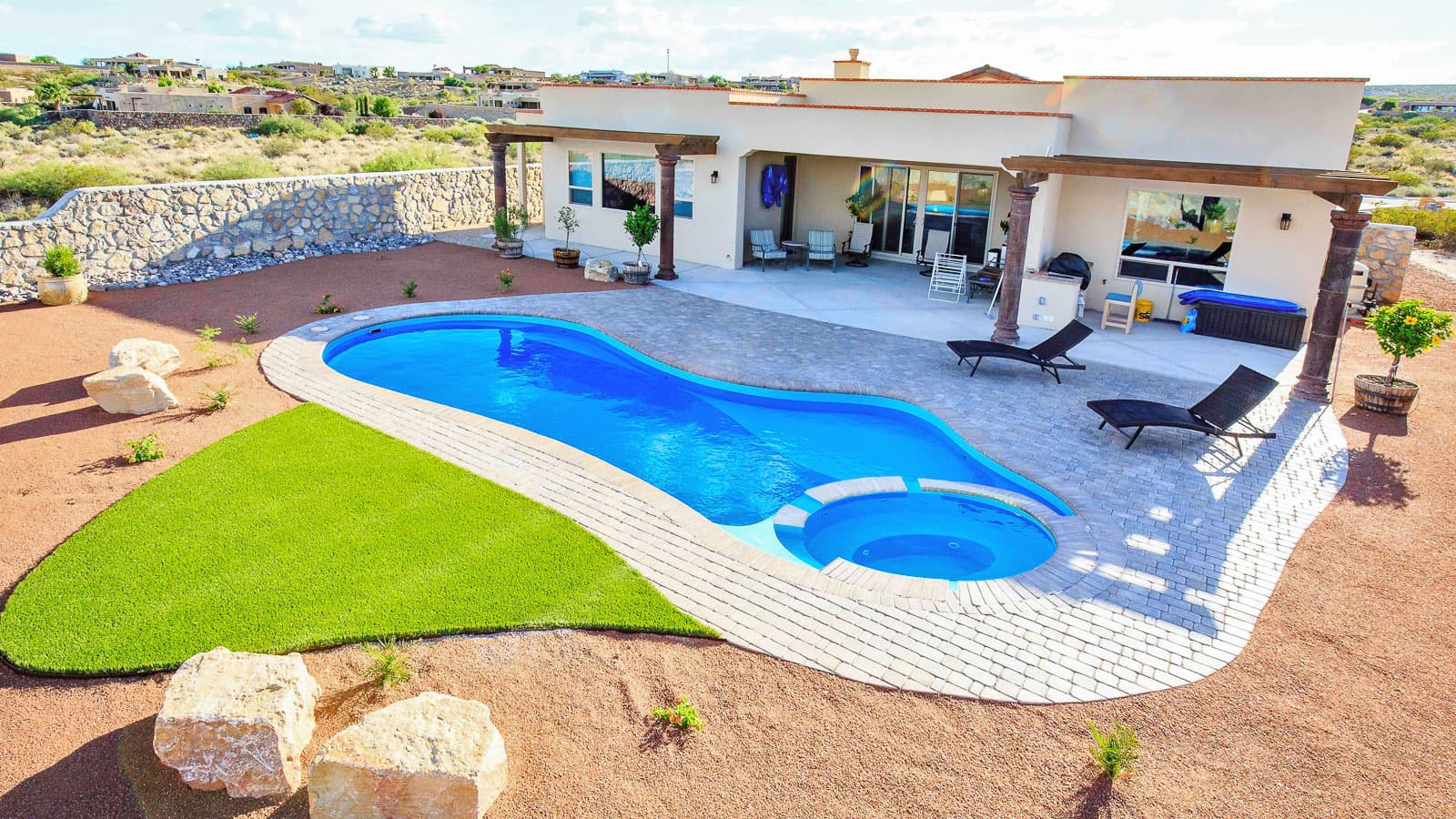
A 2023 Guide to Fiberglass Pool Costs: How to Save Big in 2024!
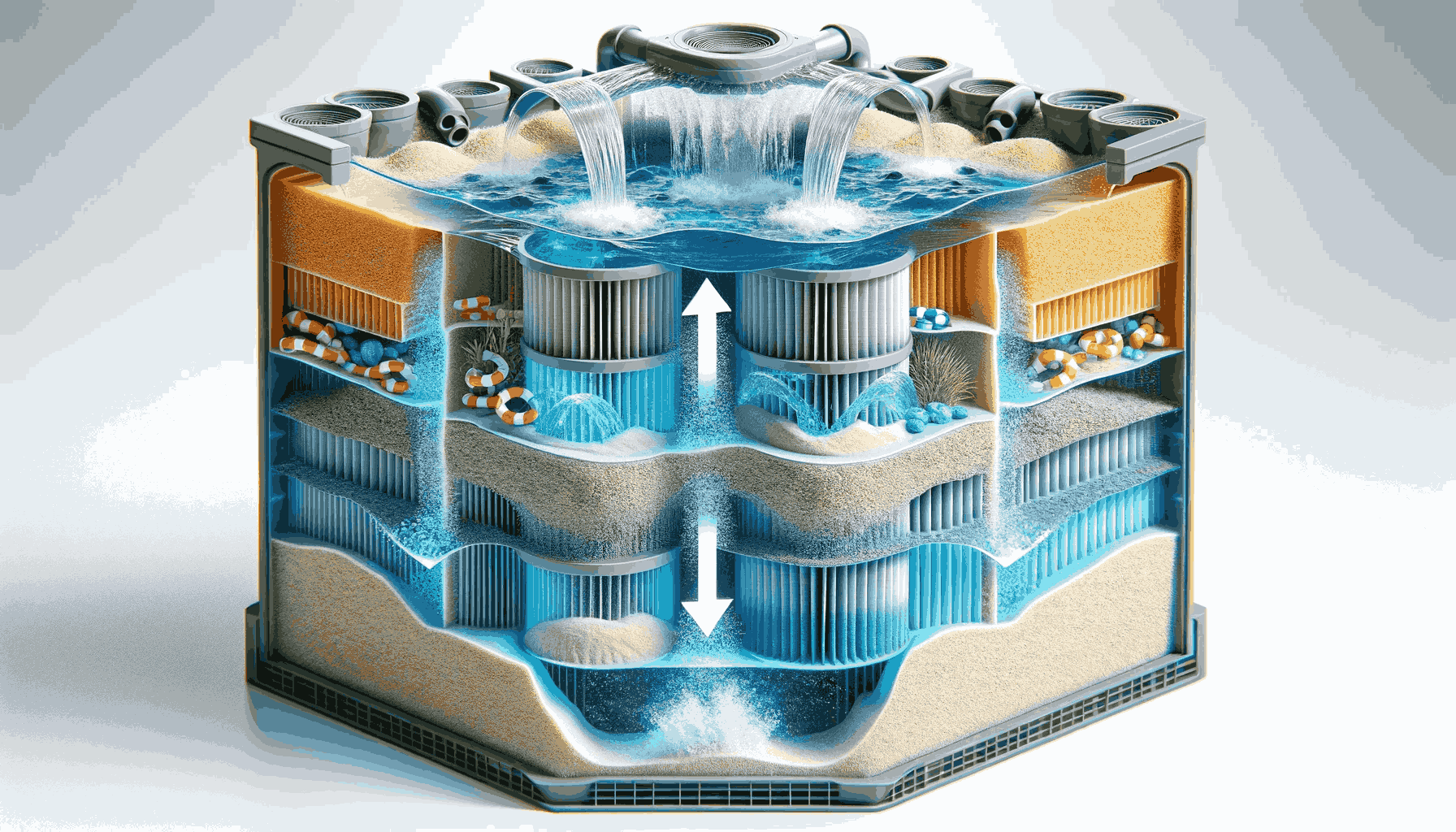
Find Out Why A Pool Sand Filter Is a Top Choice for Pool Owners
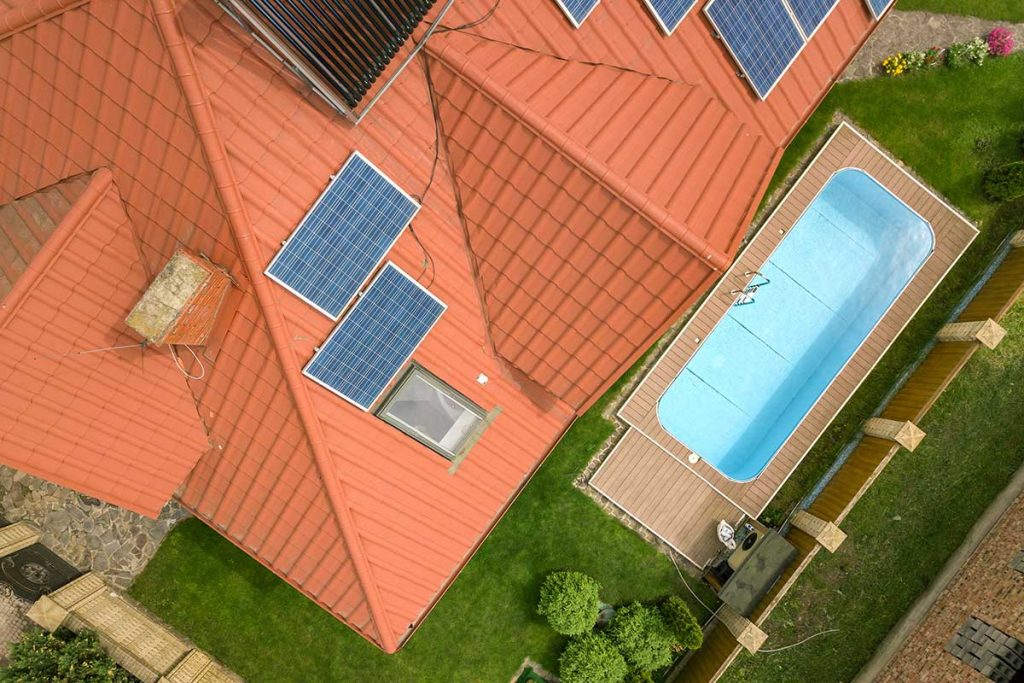
Solar Pool Covers: The Secret to a Warmer, Cleaner Pool
Categories
YOU'RE NOT IN THIS ALONE
We are with you every splash of the way
Need a pool fix or looking for an upgrade? We’re just one click away to help with all your pool needs.

